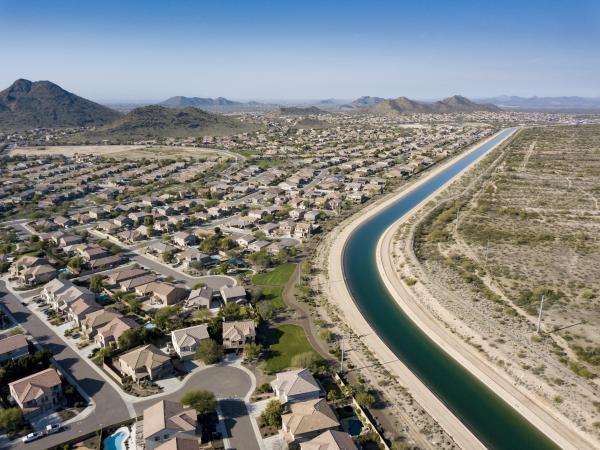
A River That Millions Rely on for Water Is on the Brink. A Deal to Save It Isn’t.
Cynthia Campbell, the director of policy innovation for the Arizona Water Innovation Institute at Arizona State University, said she expects one of two outcomes in the next 18 months, and perhaps both: the system will collapse or there will be litigation.
The public, she said, will then ask what happened, and leaders will have no good answers.
“I came with very low expectations, and they were met,” she said.
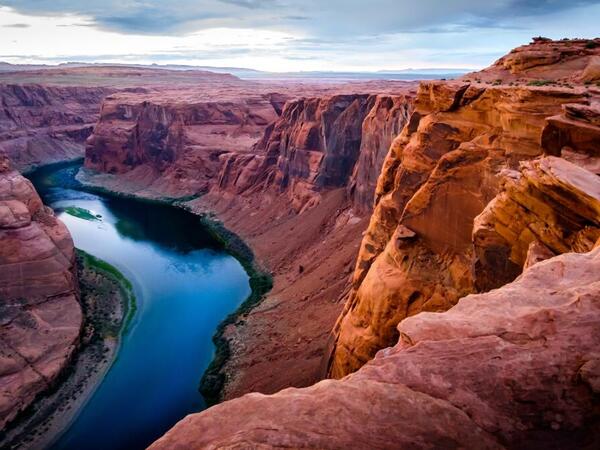
The fight over the Colorado River has become a political nightmare
“Being tough in the Colorado River negotiations is something that will resonate with Arizonans,” said Sarah Porter, director of the Kyl Center for Water Policy at Arizona State University. “People consistently rank water as one of their highest concerns in Arizona, in poll after poll.”
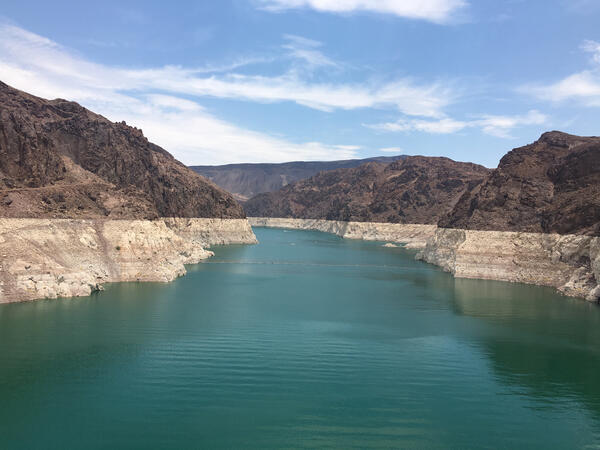
Water is for fighting: Colorado River group describes history of water disputes, looks for solutions
Water is like a set of assets in a bankruptcy hearing. In both scenarios — water and bankruptcy — there’s a limited pool of resources that must be divided among multiple people. The question in either situation: What method should be used to do so?
People want certainty and the resolution of conflict, said Rhett Larson, a water law professor at Arizona State University. “But certainty and peace have a price,” he added.

A slow-motion water crisis is unfolding around the world
Life on Earth depends on freshwater, which appears on land in many different forms. But Jay Famiglietti of Arizona State University says that as the climate warms, many of these freshwater sources are dwindling.
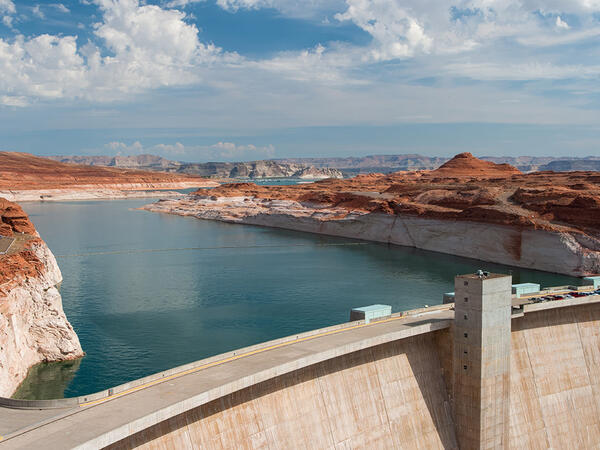
Amid Colorado River ‘impasse,’ tense meeting comes to Las Vegas
“We’re really at a hydrologic precipice,” said Sarah Porter, director of the Kyl Center for Water Policy at Arizona State University. “And we’re at this impasse with very little idea about what the future holds. The volume needs to be turned up.”

Colo. River water too cheap, report finds
The low water prices charged to Colorado River users represent “the legacy of the federal policy of trying to put every acre of land that could be under the plow” when the U.S. was trying to encourage settlement of the West, said Sarah Porter, director of Arizona State University’s Kyl Center for Water Policy.
The pricing structure is “a reasonable outgrowth of 20th century policy that needs to be reconsidered now,” said Porter.
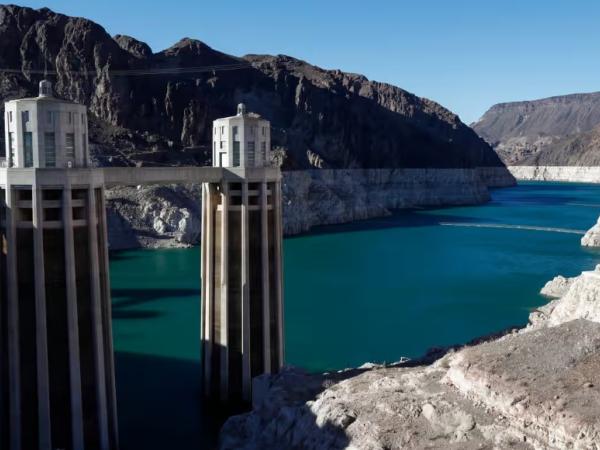
Some big water agencies in farming areas get water for free. Critics say that needs to end
Experts have urged the Trump administration to impose substantial water cuts throughout the Colorado River Basin, saying permanent reductions are necessary. Kathryn Sorensen and Sarah Porter, researchers at Arizona State University’s Kyl Center for Water Policy, have suggested the federal government set up a voluntary program to buy and retire water-intensive farmlands, or to pay landowners who “agree to permanent restrictions on water use.”

Report: Colorado River Insights, 2025: Dancing with Deadpool
In a collection of essays and research summaries, eleven members of the Colorado River Research Group, including Kathryn Sorensen, and eight guest contributors, including Sarah Porter, touch on issues as diverse as plummeting reservoir storage, climate change trends, risk management, agricultural water conservation, equity, and governance, all against the backdrop of the need to fashion post-2026 reservoir operating rules.

Former ADWR Director Kathleen Ferris shares insights on the origins of the Department with ADWR staff
Renowned water lawyer Kathleen Ferris sat down on December 2 with about 100 ADWR staff members, both online & present, to discuss the origins of their Department, including the creation of Arizona’s famous Groundwater Management Act of 1980 and the subsequent water laws that provided ADWR with the tools to regulate groundwater use in Active Management Areas for the last 45 years.

Arizona Water Innovation exhibit highlights 1,000 years of ingenuity, connection
Anahi Yerman, a graduate research fellow, led the project’s implementation and sees it as a way to honor both ancient ingenuity and present-day community resilience. “As scientists, we need to communicate with other scientists, and we also have to communicate with the public,” she said. “If we fail in either of those domains, we’re not actually being successful scientists.”